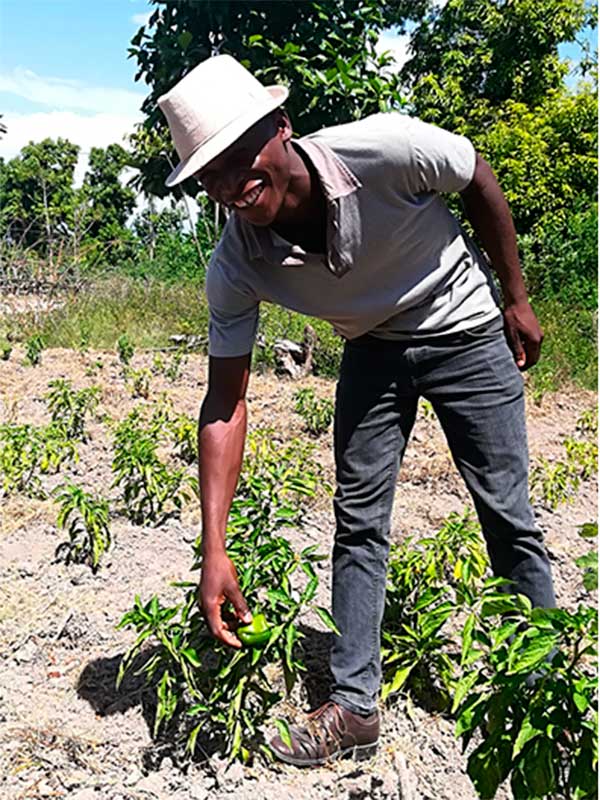Hurricane relief assistance (Haiti)
Learning from personal experiences in an emergency provides valuable insight for future assistance programmes
Client: Tearfund
On 4 October 2016, Hurricane Matthew, a category 4 storm, made landfall at Les Anglais in Haiti’s southwestern peninsula, bringing with it 240km/h winds, storm surges, and between 50 and 100cm of rain. This made it the strongest storm to hit the nation since Hurricane Cleo in 1964, and the third strongest on record. This storm’s impacts were especially devastating due to high levels of deforestation and the underlying vulnerabilities of the impoverished rural populations it hit. Damage and losses resulting from the hurricane were estimated to be US$2.8 billion, or one third of the country’s gross national product.
This end-of-programme evaluation was undertaken at the request of Tearfund UK and Tearfund Haiti. The goal of this evaluation was to “assess the relevance, effectiveness, sustainability and localisation of Tearfund’s response, in order to inform future emergency responses”.
In addition to analysing the overall programme design – and its relevance to perceived and documented needs on the ground – the evaluation team gave particular attention to determining what changes have taken place in specific sectors or situations (e.g. shelter or agriculture) and in identifying where the project has contributed to any such change – deliberate and unintentional.
Consultations were conducted with a broad range of programme beneficiaries on the ground, using key informant interviews and focus group discussions as the main evaluation tools. Other stakeholders consulted included representatives from each of the four implementing partners, local pastors and staff from Tearfund Haiti and Tearfund UK.
Proactive action by Tearfund and its partners stood out as one of the main features of this project. Days ahead of the hurricane making landfall, teams of people were monitoring its progress and already alerting people to its potential impact and assembling goods and materials. Without this, the consequences on the ground would likely have been far worse.

